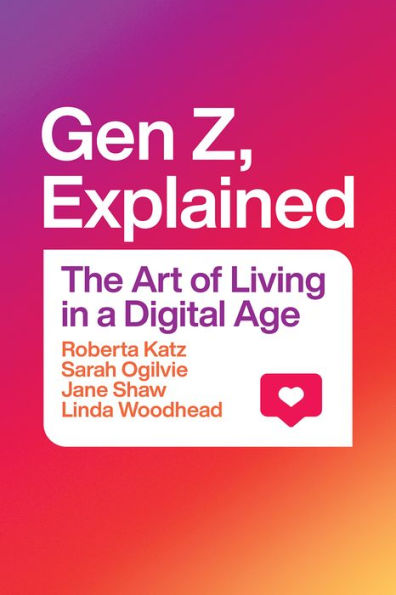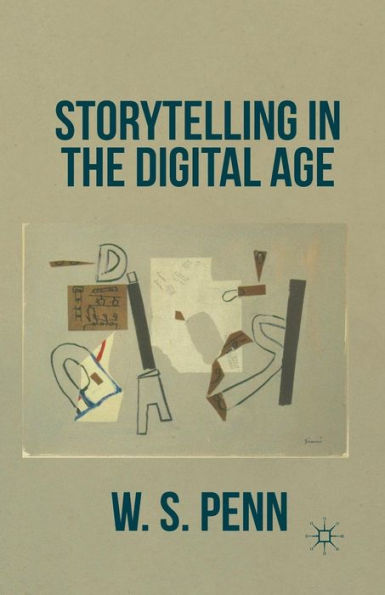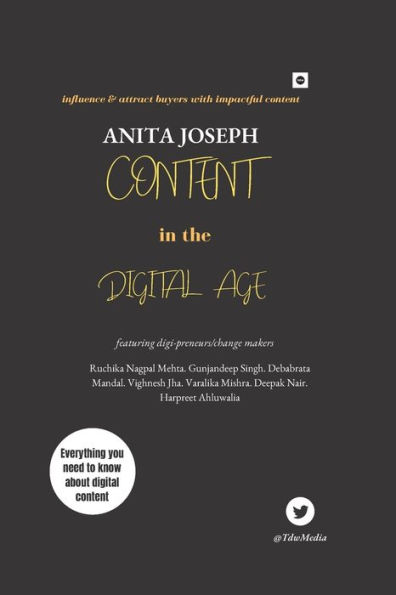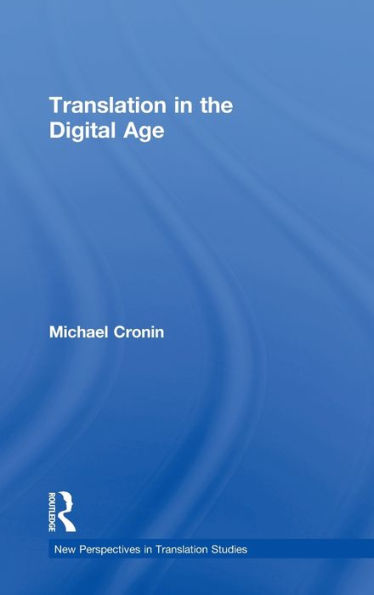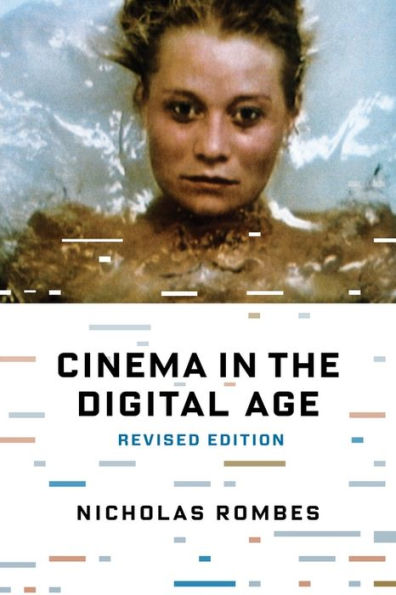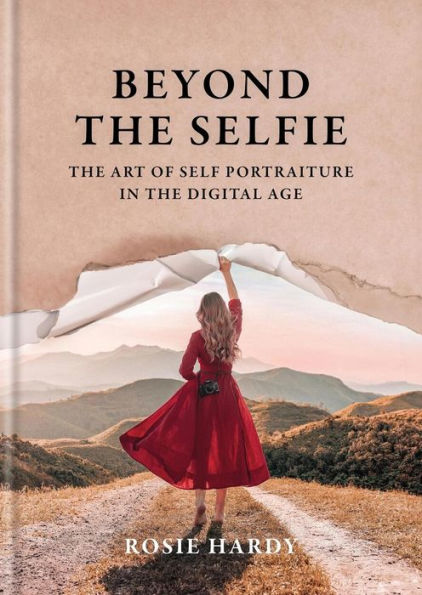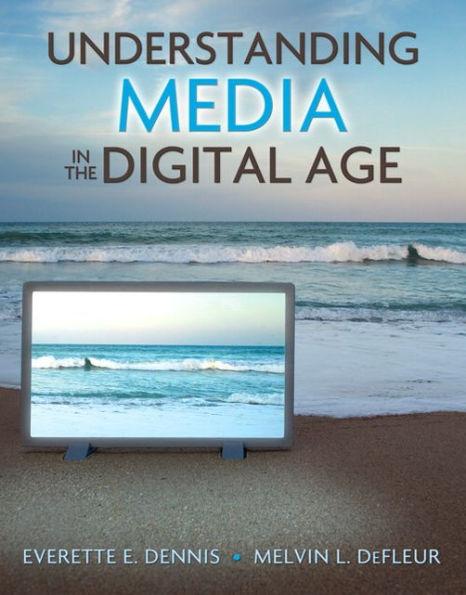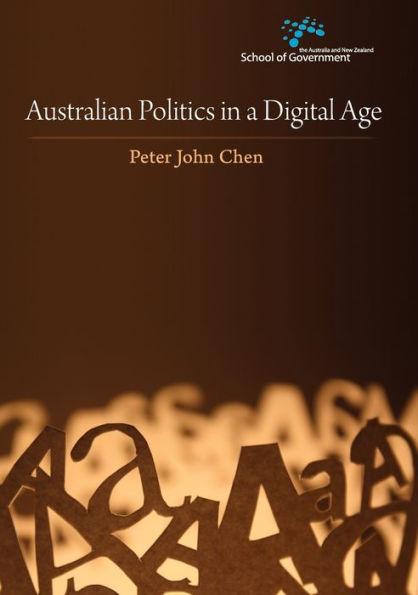Home
For Women and Girls Only: Reshaping Jewish Orthodoxy Through the Arts Digital Age
Loading Inventory...
Barnes and Noble
For Women and Girls Only: Reshaping Jewish Orthodoxy Through the Arts Digital Age
Current price: $40.00
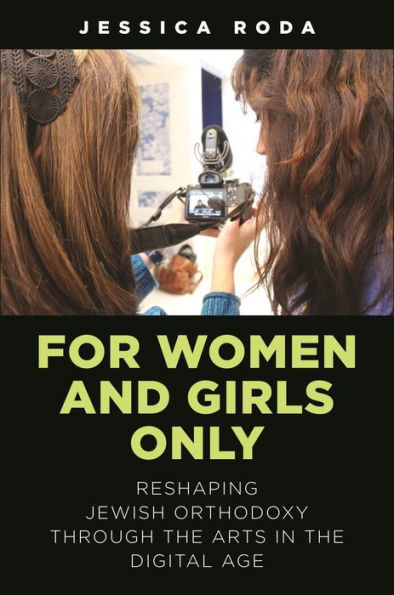

Barnes and Noble
For Women and Girls Only: Reshaping Jewish Orthodoxy Through the Arts Digital Age
Current price: $40.00
Loading Inventory...
Size: Hardcover
*Product Information may vary - to confirm product availability, pricing, and additional information please contact Barnes and Noble
Winner of the 2024 Jewish Music Special Interest Group Prize
A compelling look at the lives of ultra-Orthodox and formerly ultra-Orthodox Jewish women and their use of media technologies to create a new market for music and film
Mainstream portrayals of ultra-Orthodox religious women often frame their faith as oppressive: they are empowered only when they leave their community. This book flips this notion on its head. Drawing on six years of fieldwork between New York and Montreal, Jessica Roda examines modern performances on the stage and screen directed by and for ultra-Orthodox women. Their incredibly vibrant Jewish artistic scenes defy stereotypes that paint these women as repressed, reclusive to their
shtetl
(village), and devoid of creativity and agency.
For Women and Girls Only
argues that access to technology has completely transformed how ultra-Orthodox women express their way of being religious and that the digital era has enabled them to create an alternative entertainment market outside of the public, male-dominated one. Because expectations surrounding modesty, ultra-Orthodox women do not sing, dance, or act in front of men and the public. Yet, in a revolutionary move, they are creating “women and girls only” spaces onsite and online, putting the onus on men to shield themselves from the content. They develop modest public spaces on the Internet, about which male religious leaders are often unaware. The book also explores the entanglement between these observant female artists and those who left religion and became public performers. The author shows that the arts expressed by all these women offer a means of not only social but also economic empowerment in their respective worlds.
is a groundbreaking reversal of mainstream portrayals of ultra-Orthodox religious women, and of those who have left the community yet maintain ties to it. It is the first work to focus on the ultra-Orthodox female art scene in music, film, and dance across North America and on social media.
A compelling look at the lives of ultra-Orthodox and formerly ultra-Orthodox Jewish women and their use of media technologies to create a new market for music and film
Mainstream portrayals of ultra-Orthodox religious women often frame their faith as oppressive: they are empowered only when they leave their community. This book flips this notion on its head. Drawing on six years of fieldwork between New York and Montreal, Jessica Roda examines modern performances on the stage and screen directed by and for ultra-Orthodox women. Their incredibly vibrant Jewish artistic scenes defy stereotypes that paint these women as repressed, reclusive to their
shtetl
(village), and devoid of creativity and agency.
For Women and Girls Only
argues that access to technology has completely transformed how ultra-Orthodox women express their way of being religious and that the digital era has enabled them to create an alternative entertainment market outside of the public, male-dominated one. Because expectations surrounding modesty, ultra-Orthodox women do not sing, dance, or act in front of men and the public. Yet, in a revolutionary move, they are creating “women and girls only” spaces onsite and online, putting the onus on men to shield themselves from the content. They develop modest public spaces on the Internet, about which male religious leaders are often unaware. The book also explores the entanglement between these observant female artists and those who left religion and became public performers. The author shows that the arts expressed by all these women offer a means of not only social but also economic empowerment in their respective worlds.
is a groundbreaking reversal of mainstream portrayals of ultra-Orthodox religious women, and of those who have left the community yet maintain ties to it. It is the first work to focus on the ultra-Orthodox female art scene in music, film, and dance across North America and on social media.

